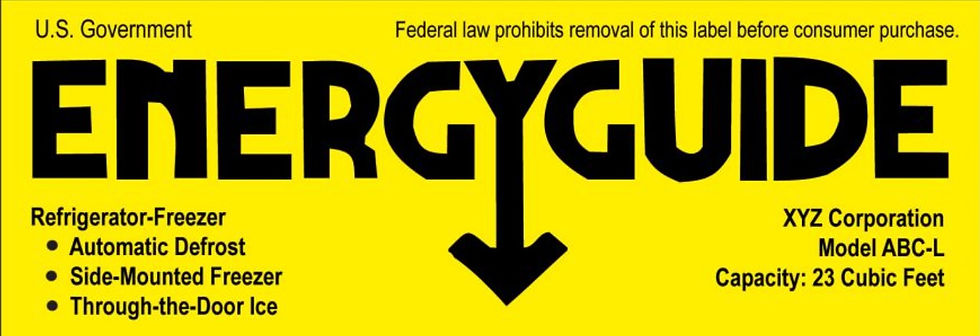The difference could mean big savings next winter.

Standard, Mid-Efficiency, and High-Efficiency
Let's start by clearing up some naming confusion. All gas furnaces sold today are High-Efficiency. The terms Mid-Efficiency and Standard-Efficiency (or Conventional) refer to older, less efficient designs.

Image Credit FortisBC
What's The Difference?
As shown in the chart above, the higher the efficiency rating of your furnace, the more energy is used to actually heat your home, and less is wasted. Modern furnaces are able to achieve better performance by using a few tricks:
Better Heat Exchangers
These allow more heat to be extracted from the combusting gas. High-efficiency furnaces are so good at extracting heat that the exhaust is cool enough to be vented through a special plastic pipe!
Direct Venting
Instead of using air from your house (that you have already paid to heat) for combustion, cold outside air is used instead.
Sealed Dampers
Older furnaces had metal exhaust flues that vented to the outside, often through the roof, like a chimney. In those systems, warm air from the house was constantly rising up through the chimney and being expelled outside. Think of it like constantly having a cantaloupe-sized hole in your ceiling. Modern furnaces have dampers that open and close automatically to seal off that hole.
A furnace with 60% efficiency wastes 40 cents of every dollar that you spend on gas.
Which One Do I Have?
There are a few ways to tell what type of furnace you have:
Energy Guide Label
If your furnace is newer, there will be a label on it listing the efficiency. You may see either a Canada EnerGuide, or a US Energyguide branded label. This will tell you the efficiency of your unit.


Look up the Model Number
Your furnace should have a model number either in the manual, or on a sticker on the
furnace (sometimes it's on the inside of the service cover).
Vent Material
As mentioned, high-efficiency furnaces extract so much heat that they can vent through plastic pipes. If you see two white or black plastic pipes (usually 4" diameter) coming out of your furnace, it's high-efficiency. If it uses a metal vent, it's conventional or mid-efficiency.
Age
The chart above gives the timeframe during which each standard was popular. Keep in mind those are approximate. High-efficiency furnaces have been around since about 2000.
Is it Worth Upgrading?
Yes - at this point any furnace that is not high-efficiency is at or past the end of its expected service life. It may still work, but if it breaks down, parts may be difficult to find, and repairs may be costly. The increase in efficiency will pay for itself over time with lower gas bills, and there are sizeable rebates available right now for upgrading.
Is Gas the Only Option?
Maybe not. The two most common options for heating your home are Natural Gas and Electricity. If the electrical service in your home is large enough, you may be able to install a heat pump instead of a new gas furnace. Heat pumps are emission-free and also give you A/C in the summer months!
Key Points
Standard and mid-efficiency furnaces waste a lot of energy (and money).
High-efficiency furnaces are 95-98% efficient.
All gas furnaces sold today are high-efficiency.
It's worth upgrading.
Consider a heat pump instead.

Comments